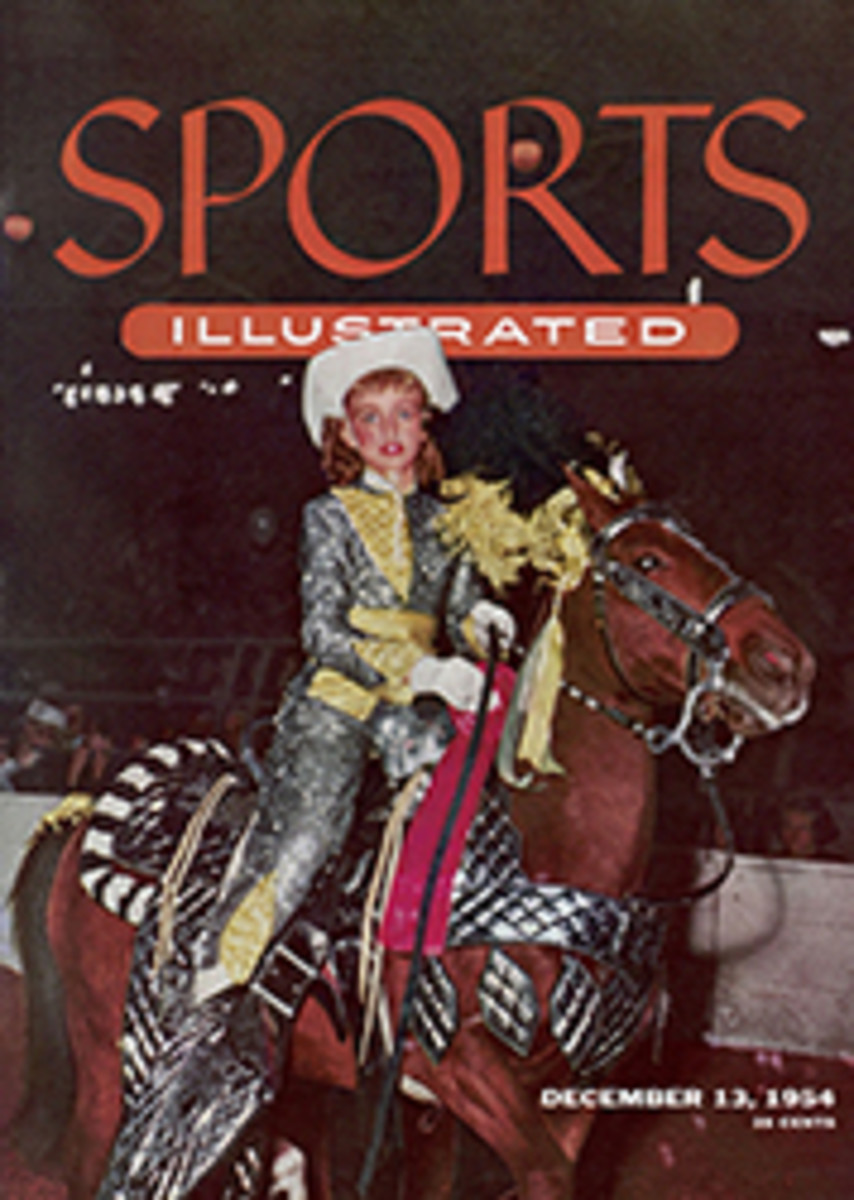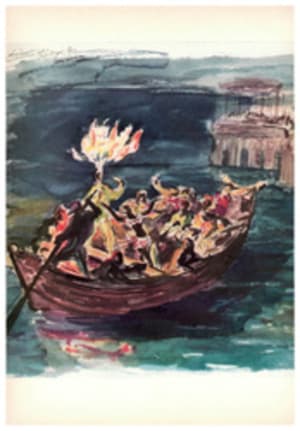
YOU SHOULD KNOW: if you plan to buy a Christmas camera
A valuable accessory
Cameras are among the most rewarding of all accessories to American living. They chronicle family history, record memorable events and make each camera owner his own creative artist. With a camera, you can take all kinds of pictures. Snapshots, in color or black and white, and with or without flash equipment, are the universal standard. There are color slides, to be projected on a home screen, stereo slides for third-dimension shots, and, of course, the most realistic camera medium of them all—the movies.
Suit your budget
There is a camera for every budget. For snapshots, you can get a box camera for under $10, a reflex box camera with view finder for under $25, or a folding camera, under $30. Color slide 35 mm. cameras can be had for less than $35, stereo cameras under $100 and movie cameras under $50. Start looking in these ranges. Beyond $100 you can go as high as you want.
Lens and shutter
With a simple snapshot camera, just aim and press the button. But "faster" lenses and shutters are worth exploring as you gain experience. Lenses are numbered in "f/stops." The smaller the f/number the "faster" the lens—meaning better results with less light. Shutter speeds are measured in fractions of a second, and all but the least expensive still-picture cameras have variable speeds which you can adjust to your needs.
Viewing and focusing
If you're buying a snapshot or 35 mm. camera, you have your choice of viewing systems—the view finder for seeing the subject at normal eye level or the reflecting type on top of the camera for viewing at waist level. Pick the one that suits you best. The focus, or adjustment of the lens for proper camera-to-subject distance, is fixed in simple cameras so everything over six feet away is sharp. Finer cameras have controls for moving the lens to get critical sharpness. To help get an exact focus, you may want an accessory range finder for an eye-level camera. Or you can buy a camera with a coupled range finder or a reflex camera which has built-in ground glass focusing.
Shooting action
Stopping fast action is no great problem if your camera lens is f/4.5 or faster and your shutter speed½00 of a second or faster. With press cameras and miniatures with focal plane shutters, you can shoot fast action up close and directly in front of you. You can make good box-camera action shots by standing at a 45° angle to the action, so that the subject moves toward you rather than directly past. If you want to stop action going past you, you'll need faster shutter speeds and faster lenses. Don't worry if your action shots are blurred. The action looks more dramatic that way. If you have to shoot action from a distance, you can always have the most interesting part of the shot enlarged.
Making it easier
As is the case with most everything, ease in taking pictures costs money. In a more expensive still camera, you'll get such built-in wonders as devices to prevent double exposures, automatic film transports and the like. The better movie cameras feature film magazines that can be loaded in seconds. Still others have sound synchronization. More money will bring you a movie camera with a lens turret for telephoto, normal and wide-angle photography.
Gadgets and care
A few basic accessories will bring you added enjoyment in your picture taking. A flash attachment lets you shoot pictures indoors or at night, a case will protect your camera, filters on the lens will add dramatic effects to your shots and projectors enable you to show movies and slides. Remember, even the most inexpensive camera is well built. It will last for years if you treat it right. Avoid excessive dirt, heat or dampness, keep the lens clean with a soft cloth or tissue and have your photo dealer check it over if your camera isn't working properly.

